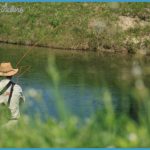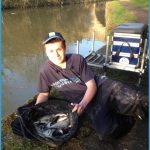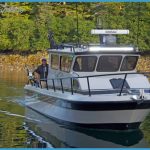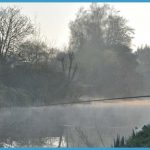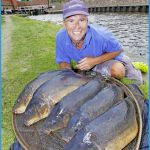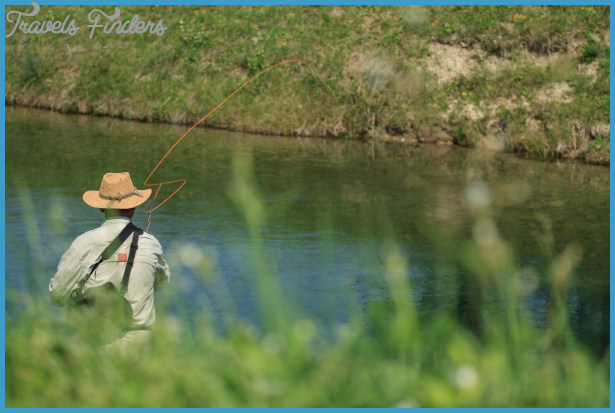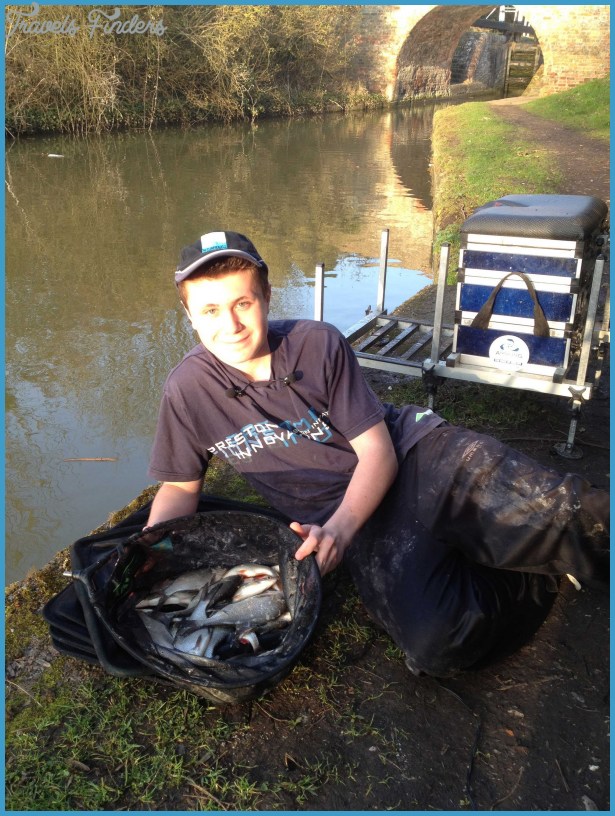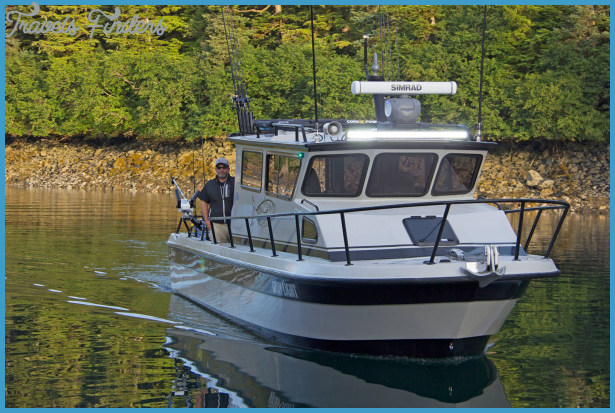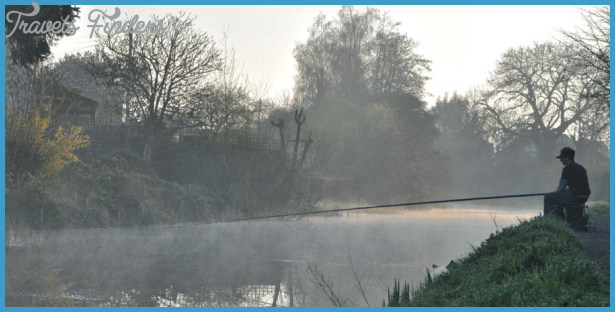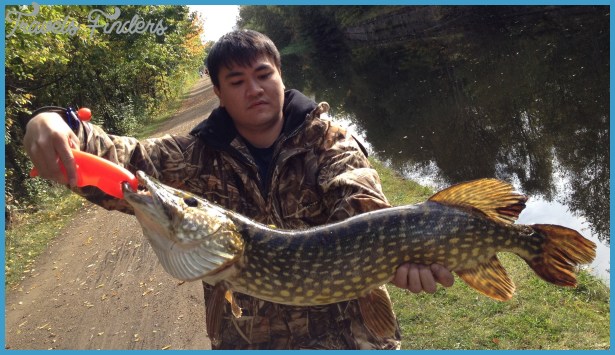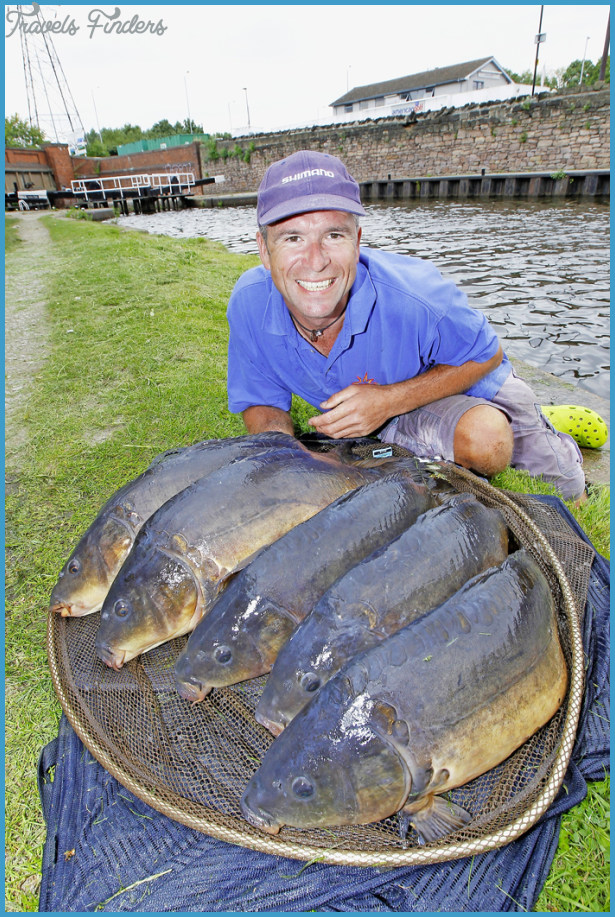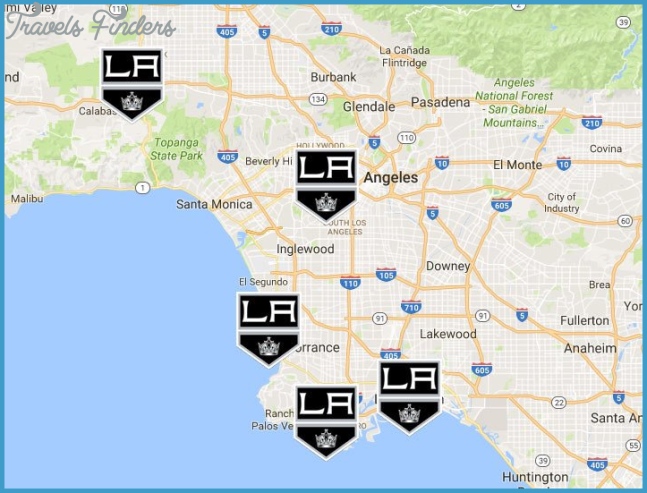Why wait till June?
Misty mornings and tench bubbles are all part of fishing folklore and any old textblog will tell you that the time to start is in June, with a float amongst the lilies. This doesn’t always ring true with modern canal fishing however and the belief that you won’t catch tench early in the year is a false one. Could this be down to the wetter, milder winters that are becoming increasingly normal? Some terrific bags of tench have been taken as early as January in kinder weather, and the fish can often be found in concentrated groups well before the magical June 16th. My own cue to start casting for them is the appearance of Dave Sellick’s bike on the towpath of Exeter Ship Canal, fairly rattling with tackle. Setting up on a wide, deep section, it is not unusual to see him bent into a solid fish in March, or even February.
Green velvet: with good looks and serious muscle, the appeal of canal tench is obvious.
Canal Fishing Season Photo Gallery
On any canal with a good population of tench, the fish seem to favour particular areas over others. An excellent starting point is to ask at your local tackle shop, where staff will know where the most recent catches have been made. Another good resource are match results on the internet; tench often decide the winner at club and open contests and you can quite often track down the exact stretch and even the numbered pegs where fish were caught.
What do tench look for in their choice of habitat? Sheltered, weedy areas are ideal and, yes, lily beds are not just easy on the eye for anglers in this context. Stretches where the canal broadens out are also classic, and even in quite urban surroundings they can quite often be found in the turning bays also favoured by bream
Should you be in any doubt, an early morning walk is likely to yield further evidence. Trails of tiny bubbles are the classic clue, and if the fish are feeding hard you might see bursts of stirred-up silt.
Aside from the cooler months when you occasionally spot a sleepy fish or two slap bang in the deep central track of small clear canals, the key area for tench is often at the bottom of the sloping shelf on each side of the canal. Where this deepening contour meets a weed bed is even more ideal.


